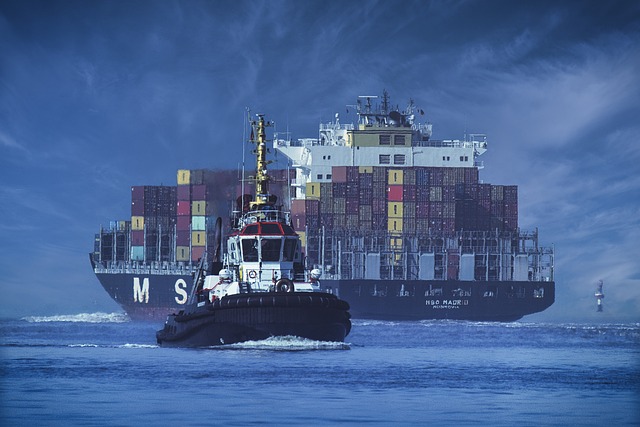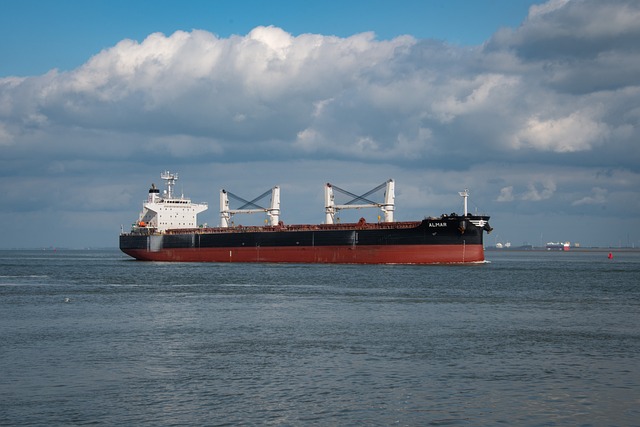Multi-car shipping (batch shipping) offers cost savings by consolidating multiple vehicles into a single shipment, making it ideal for businesses and individuals transporting more than one car internationally. However, it poses risks of damage during transit, requires careful packaging, and can experience delays due to coordination complexities. Dedicated vehicle shipping and ro-ro services provide alternatives catering to diverse needs, with significant cost savings considered based on distance, weight, size, and seasonal fluctuations. Shipping companies charge per vehicle, with larger or specialized cars incurring higher costs and external factors like weather affecting pricing and delivery times.
“Exploring International Car Shipping: Unraveling Multi-Car Transport Options and Costs
This comprehensive guide navigates the intricate world of shipping multiple vehicles internationally, offering insights into various methods and their associated expenses. From containerized multi-car shipping to roll-on/roll-off (Ro-Ro) transport, each option presents unique advantages and disadvantages. Understanding these factors empowers car owners to make informed decisions. By delving into pricing influences, including vehicle type, distance, and destination, this article serves as a valuable resource for those seeking efficient and cost-effective multi-car shipping solutions.”
- Understanding Multi-Car Shipping: Advantages and Disadvantages
- Types of International Car Shipping Methods and Their Costs
- Factors Influencing Multi-Car Shipping Expenses
Understanding Multi-Car Shipping: Advantages and Disadvantages

Multi-car shipping, also known as group or batch shipping, involves sending multiple vehicles in a single shipment. This method offers several advantages for individuals and businesses looking to ship more than one car at a time. By consolidating multiple cars into one load, shipping companies can reduce overall transportation costs, which is especially beneficial when dealing with long distances. It streamlines the logistics process, as only one delivery and pick-up are required, saving time and effort.
However, multi-car shipping also has its drawbacks. The primary concern is potential damage to vehicles during transit, as each car shares the same space. Proper packaging and secure loading techniques are crucial to minimize risks. Additionally, while cost savings are a significant advantage, delays in delivery can occur due to the coordination required for group shipments. This might not be ideal for time-sensitive transportation needs.
Types of International Car Shipping Methods and Their Costs

International car shipping options vary in terms of method and cost, catering to different needs and budgets. One common approach is multi-car shipping, where several vehicles are transported together as a single consignment. This method often proves more cost-effective for shipping multiple cars at once, reducing individual transportation costs. It’s ideal for businesses, individuals moving internationally, or car dealerships expanding their global reach.
Other options include dedicated vehicle shipping, where a car is carried on its own trailer, and ro-ro (roll-on/roll-off) shipping, commonly used for transporting cars in containers. Ro-ro ships allow vehicles to drive directly onto and off the vessel, making it efficient for both individual and commercial shipments. Costs for these services fluctuate based on factors like distance, vehicle weight, size, and seasonal demand, with multi-car shipping generally offering the most substantial savings.
Factors Influencing Multi-Car Shipping Expenses

The cost of multi-car shipping is a complex equation influenced by several factors, each playing a significant role in the overall price. One of the primary determinants is the number of vehicles being transported. As the count increases, so does the expense, as shipping companies often charge per vehicle. The type and size of cars also contribute; larger or specialized vehicles may incur higher costs due to their unique handling requirements and potential impact on shipment efficiency.
Additionally, distance covered during transit significantly affects multi-car shipping expenses. Longer routes typically demand more resources and time, reflecting in the pricing. Weather conditions, origin and destination ports, and even the season can also add or reduce costs. These external factors create a dynamic environment for shipping companies, requiring them to adjust their rates accordingly while ensuring timely deliveries.
International car shipping, particularly multi-car shipping, offers a convenient solution for transporting vehicles across borders. By understanding the various methods, their associated costs, and the factors influencing expenses, you can make informed decisions to ensure cost-effective and efficient vehicle relocation. Each method has its advantages and disadvantages, so choosing the right option depends on your specific needs and budget. Dive into these insights to navigate the world of multi-car shipping effortlessly.
